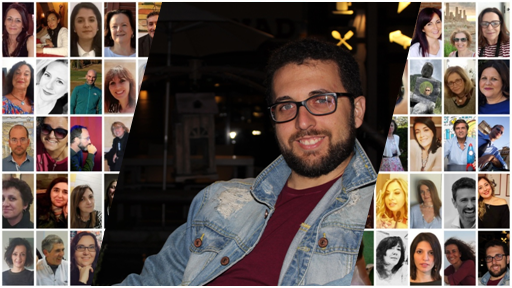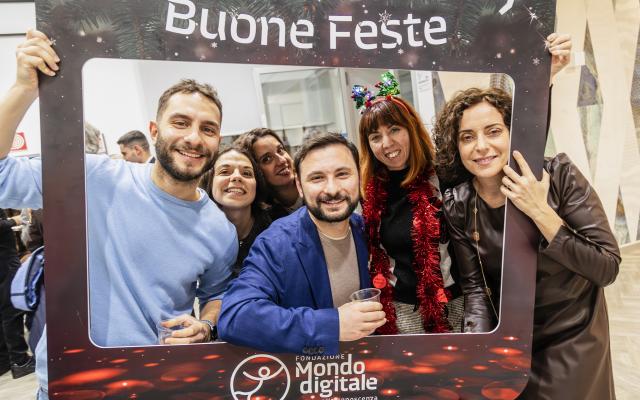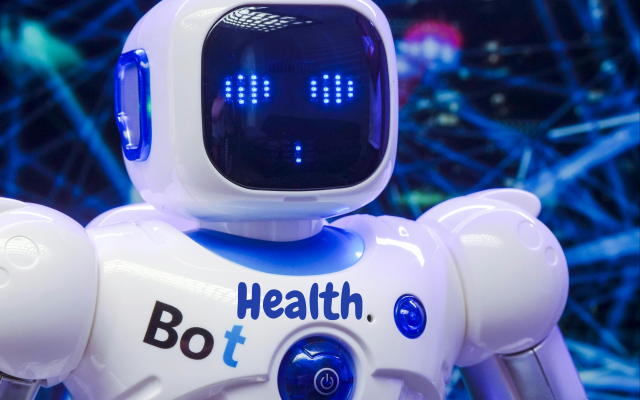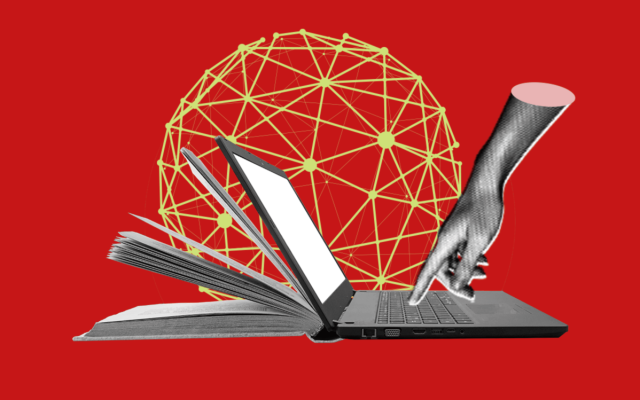Today, our phyrtual journey amongst the “Our School” Professors takes us to Veneto to meet Federico Di Giacomo, who, since 2015, has been working at the National Astrophysics Institute on didactic activities and divulgation. Currently, thanks to a research stipend from INAF – Astronomical Observatory of Padua, he is working on promoting the scientific heritage of INAF, besides continuing to work on didactics and divulgation. He also conducts activities as a planetary expert.

As usual, we share a short video in which Federico presents himself and then an interview with Ilaria Gaudiello, who coordinates the works of the open source community of teachers.
This is the sixteenth instalment of Professors in “Our School.”.
INTERVIEW
Federico, your professional career has seen you work as a researcher, educator and planetary expert. How do digital tools support the many different facets of your profession?
I have always used digital tools and technology, from smartphones for physics experiments in the classroom to computers and other devices for more advanced activities. Moreover, in this historical period, in which we are all separated, digital tools have helped to connect us to each other. The so-called fifth industrial revolution which will bring technology to work right by our sides (robots capable of adapting to our environments or artificial intelligence) will mould our cognition with the Internet of Things to reach only apparently distant fields such as museums. In fact, digital technology is increasingly present in museums around the world, both to improve exhibitions and to attract a young audience, one that is used to using smartphones, tablets and other devices. I have recently worked in this sector, but I also use digital tools and technology to develop didactic activities based on coding and educational robotics. These are subjects that allow a physical approach to abstract concepts that lie outside of the daily lives of children and young men and women. Thus, they increase opportunities for learning. As a matter of fact, Papert himself, the pioneer of artificial intelligence, considered robotic technology as “objects for thinking.” In this context, technology and various coding and robotics activities allow students to develop computational thought and all the skills that are necessary for scientific research in STEM.
You joined “Our School” with a course introducing scientific research with a focus on astronomy and civic education. What is your approach?
Astronomy is a fascinating subject for everyone, young and old alike. Just think about the effect that images of faraway galaxies and stars have on us when we see them on television or read about them in newspapers: news about researchers taking the first “photograph” of a black hole or the discovery of a new planet like the Earth or even the landing of a rover on Mars or other planets. This type of news always fills us with emotions! So, together with other teachers in the “Our School” Community, we designed and developed an activity that unites digital and analogical tools to portray the beauty of the skies, a beauty that has not physical or cultural barriers. The sky belongs to everyone.
This course also aims to address another issue I have at heart: light pollution. This is an increasingly marked for of pollution that, illuminating the skies, distances us even further from the beauty of the sky and also causes great harm to nature and all living beings. Thus, there also is the will to inform young men and women to become more respectful of nature and protect its potential and fragility.
“Our School” continues to grow and provides teachers with the opportunity to meet colleagues and mobilise knowledge and complementary skills. What do you believe should be done to allow the world of research to meet that of school withinthis open-source community?
I believe that scientific research and school are two strictly interconnected worlds. The most important thing is to ensure dialogue and active communication between the actors in these two worlds.
Projects and activities such as “Our School” allow people to interconnect and share experiences, approaches, and pros and cons. Active dialogue and sharing experiences allows us to improve and develop better didactic activities, as knowledge and skills stimulate one another. Today’s students will be tomorrow’s researchers and they will draw on the passions and emotions that we have transmitted to them today, perhaps discovering something new. As Marie Curie used to say: “We should not forget that when radium was discovered, no one knew it would be useful in hospitals. Their work was pure science. And this is proof that scientific work should not be considered for its direct utility. It must be conducted for its own sake, for the beauty of science and the probability that a scientific discovery, like that of radium, will benefit mankind.”



